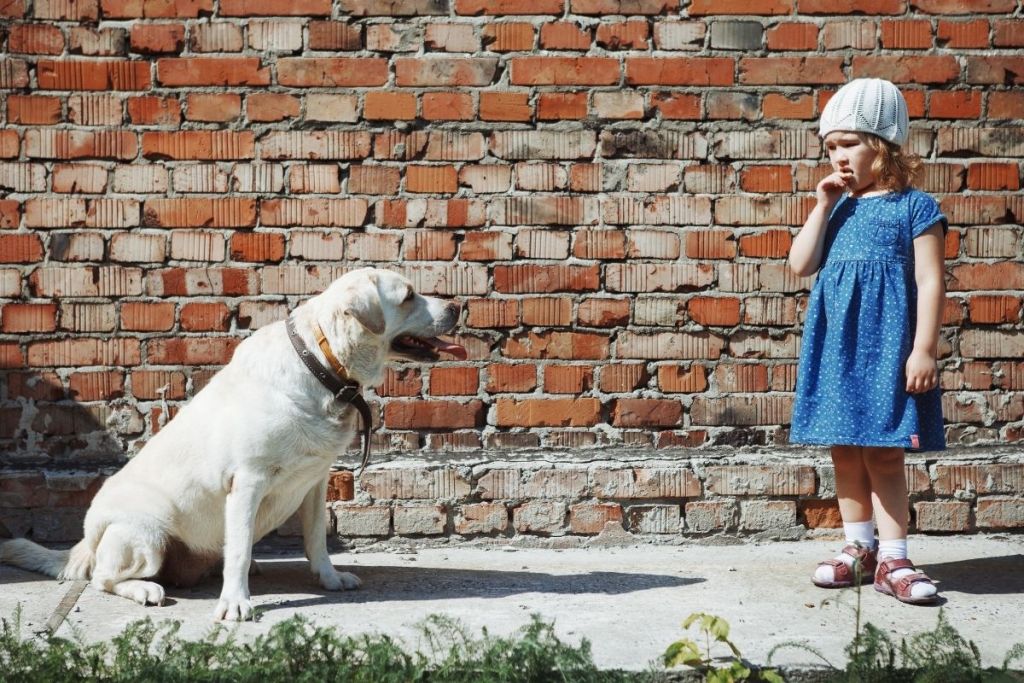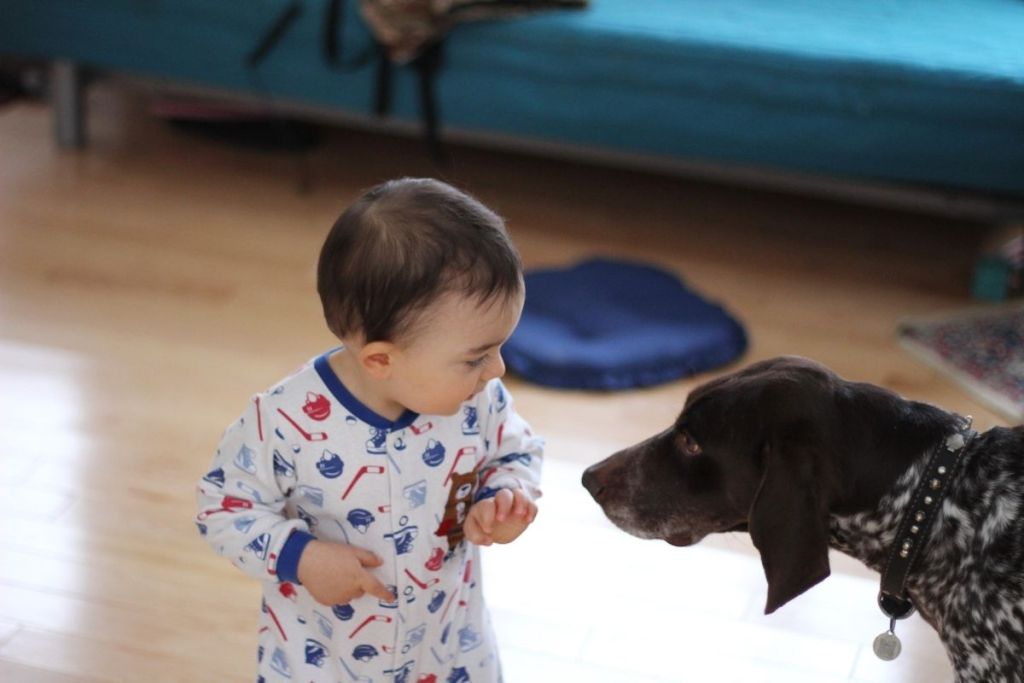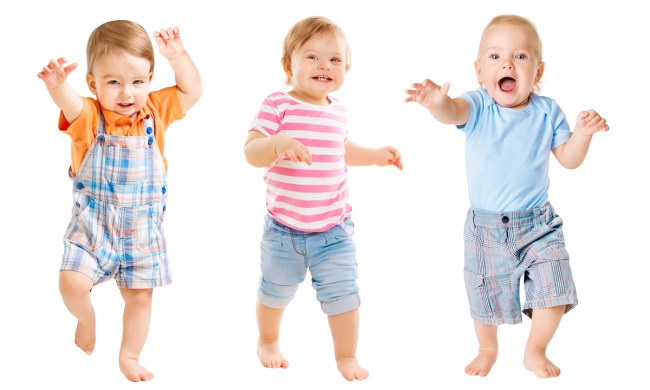Kids and dogs often go together like peas in a pod, with babies loving on puppies and kids throwing a stick for their best friend at home. But what if your child is afraid of dogs? Don’t worry, that’s common, too, and it is something that can be overcome and is often outgrown with age. The three strategies below will help your child work through what exactly scares them about dogs and how to work through that fear.

Ask questions
By asking questions, you can help shape how your child feels about their experiences with dogs. For example, after a fearful dog encounter, you can ask, “Did the dog hurt you?” This will help them realize that the dog didn’t actually hurt them. Rather they only felt scared that they might, but harm never happened.
You can also ask open-ended questions to find out more about what is causing the fear. “How did you feel when you were around the dog?” or “What scared you about that dog?” could lead to a specific clue like “I didn’t like his teeth” or “I thought it was going to jump on me.” Once you know, you can work on explaining that part. “You have teeth too and you use them for chewing food and showing a smile, just like a dog does. Teeth don’t have to be scary” or “Sometimes dogs do jump on is when they are happy or excited, but they don’t mean to hurt us. We can practice saying ‘no, down’ to dogs and keeping our distance to wave at them when they are on a leash.”
You could also coach them towards the positive with questions. “What did you like about the dog?” “Do you think that dog had a funny name?” You can build up the fun or enjoyable parts of dogs in their mind by helping them think about what they like about dogs with this strategy. As they explained on WebMD, knowing the fear is most important when dealing with it.

Visit in controlled environments
One bad experience with a dog can derail a relationship with all dogs, so all exposure is not good exposure. Do not go to a shelter to practice petting dogs because there is almost always very loud barking there and that can be very scary for children (no matter how nice the dogs would be as family members). A lunging dog on a trail or at a park can be a deterrent to getting to know other dogs, so try to see if you can set up a meet and greet with a friend’s calm canine. While a large dog taller than your child can be scary, small breeds can sometimes bark and jump a lot, too, so be sure to ask about personality and age more than just size – especially about reactions to new people and to children in particular.
When you arrive to visit a dog (or anytime you go to a house with dogs), you will likely hear barking from inside the home. Talk ahead of time about what this means. “The dog isn’t trying to be mean and it doesn’t mean the dog wants to hurt you. It is loud, but it will stop. Take some deep breaths and cover your ears if you want to.” Be prepared for some licks and jumps. Talk to the owner ahead of time to get on your child’s level to reassure them that they are safe with the dog. During the visit, the owner can talk about all of the nice things about the dog that they love. Ideally, this dog owner could also have kids so your child can have a playdate with the dog also there, creating a positive memory with a dog in the background.
Have a plan
If your child feels prepared, it will help ease their anxiety.
What do we do if we see a dog? How do we tell people we’re afraid of dogs? How do we ask if we want to pet a dog? Where might we run into a dog? Where might we hear a dog barking? What do we do if a dog hurts us? What do we do if a dog comes up to us and we don’t want it to?
Work through all of these plans ahead of time so when or if they happen, you can go right into, “OK, remember the plan.” They’ll feel like a pro instead of panicked.
This is a common fear like ghosts or thunder that kids often grow out of, so keep positive exposure and preparedness on your side and you’ll move through this phase with ease. Just because a child is apprehensive around canines early on doesn’t mean that has to be the way it is for life. Parents can help the process and eventually show children that dogs, when in a safe environment, are nothing to fear.



